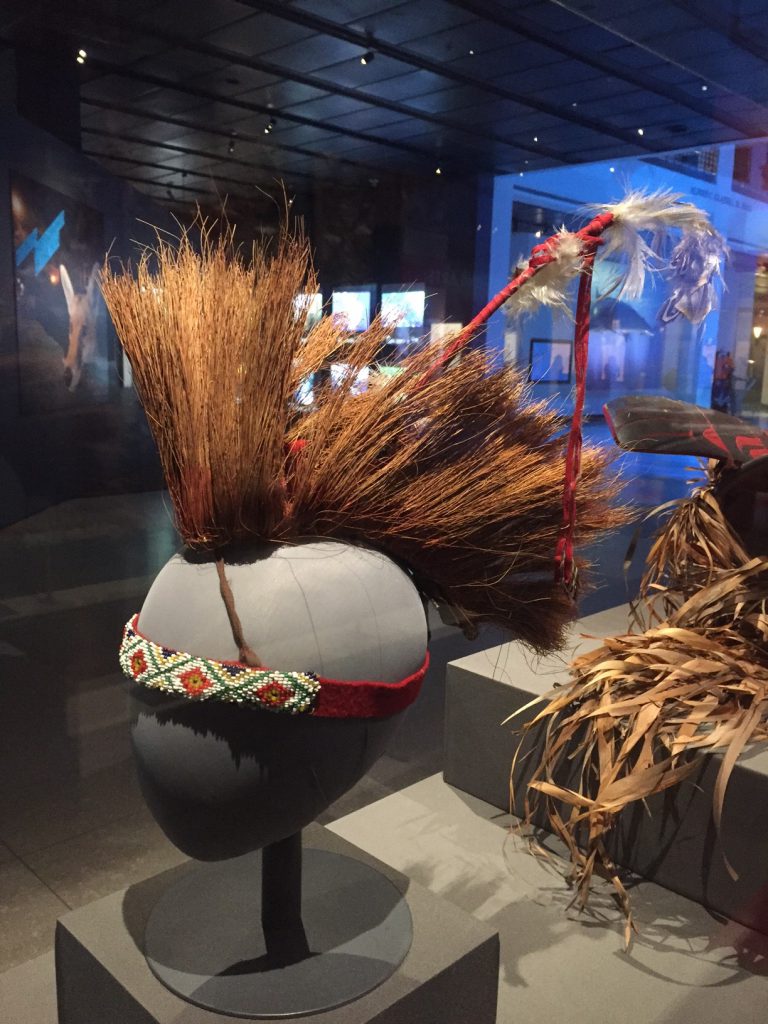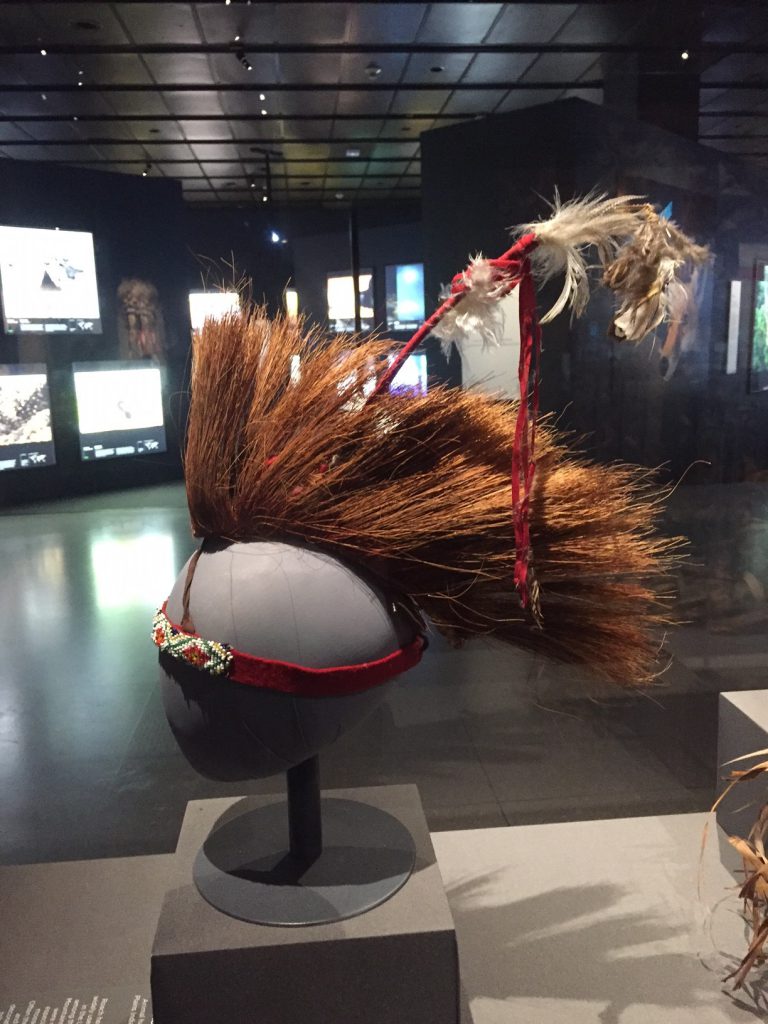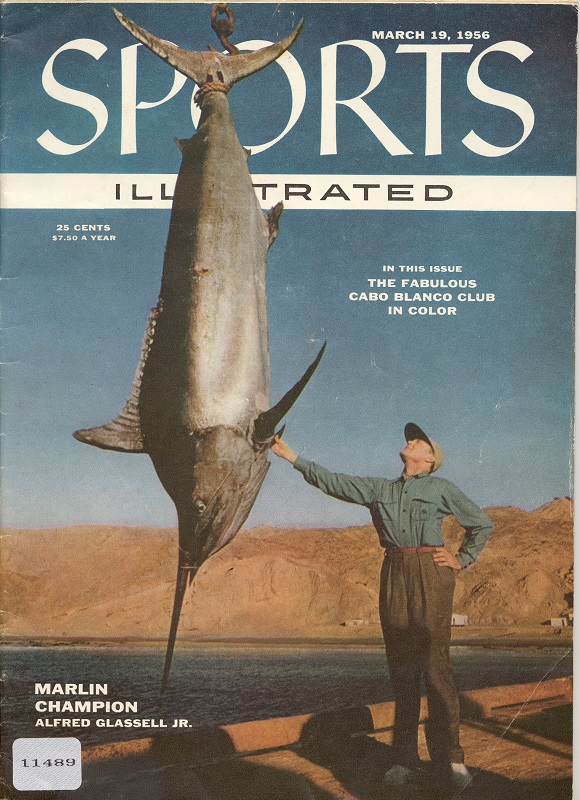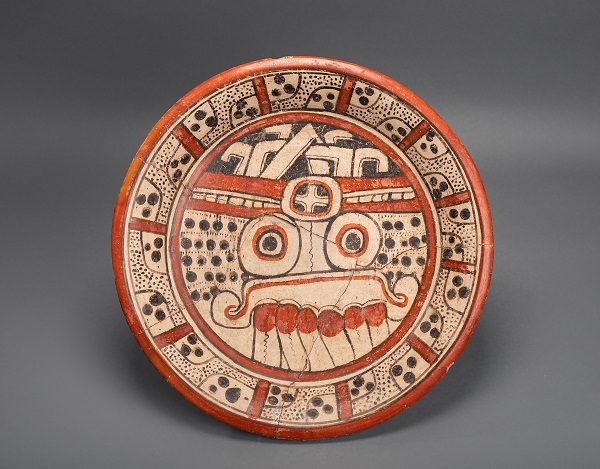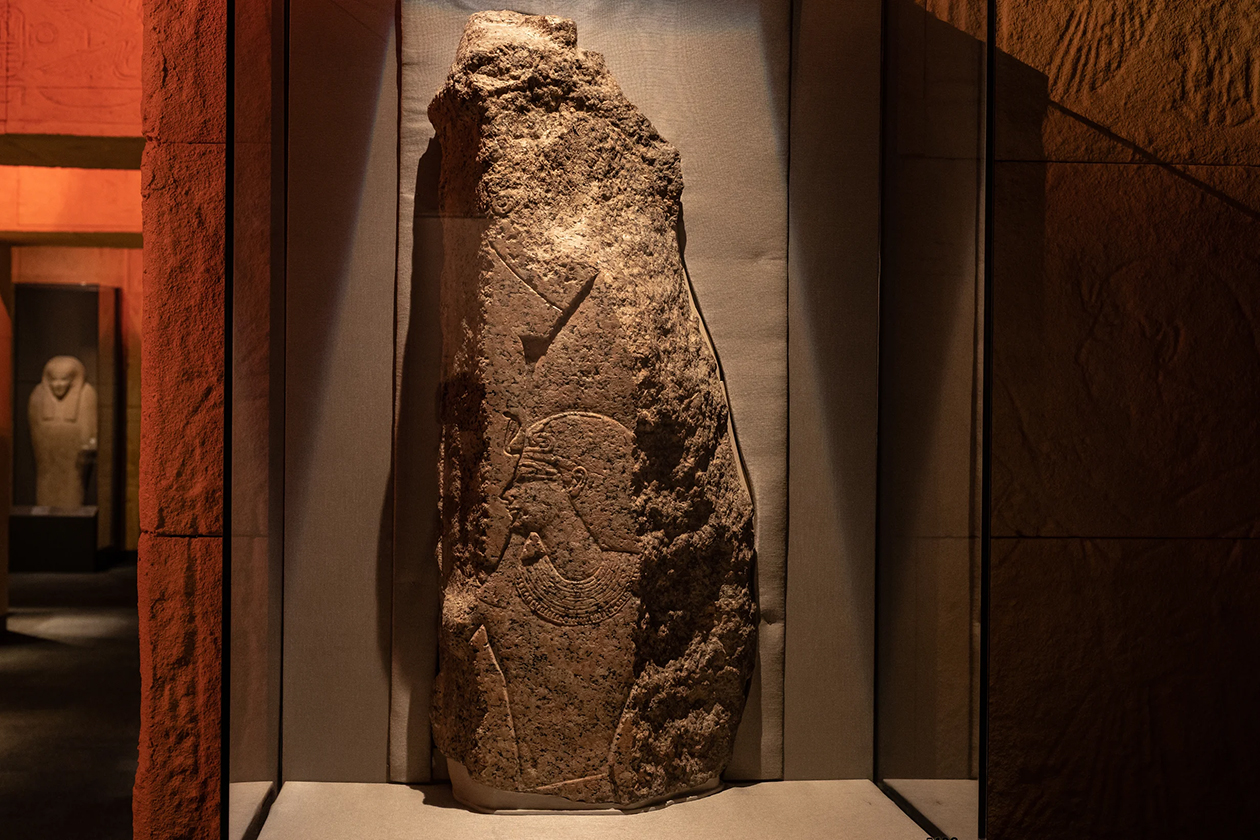When most people think of Native Americans, they imagine them either wearing a feather war bonnet or a headband with a small number of feathers in it, and that’s not a completely ridiculous assumption because this type of head wear was indeed worn by members of many Native American cultures as were the lesser-known bison horn headdresses. But one thing that is kind of strange is that most people have forgotten about what I think is the coolest type of Native American head wear and what actually was the most commonly worn style of headdress for Native Americans in the 19th century: the roach headdress.
Pictured above is a Native American roach headdress featured in our new special exhibit Vanishing Arts: Highlights from the Beasley-Hwang Collection. We know that it is from one of the plains cultures, of which there are many who have worn this style of headgear, but more specific information is unavailable. The “mohawk” is actually made of porcupine guard hair which was the most common material used. Our roach is designed to be strapped to the forehead, fitting over the hair of the wearer but sometimes these pieces were designed to fit into the hair itself.
Unfortunately we do not know the origin of the term “roach” applying to headresses, but we can tell you how the haircut that resembles it got its name. You may have heard of the Mohawk tribe, read the book “The Last of the Mohicans” or seen the movie adaptation accompanied by the awesome soundtrack. Male members of the tribe were known to shave the sides of their heads and sometimes wrap a roach headdress around the central “scalplock“. The culture called itself the Kanienkeh or “the people of the flint” but they were known to European settlers as the Mohawk, a name that possibly originated as a derogatory name ascribed to them by other Native American groups meaning “man eaters“. Since then the name has also been applied to the hairstyle.
Stop by and see an example of a roach headdress for yourself the next time you visit HMNS in our new special exhibit Vanishing Arts: Highlights from the Beasley-Hwang Collection.


